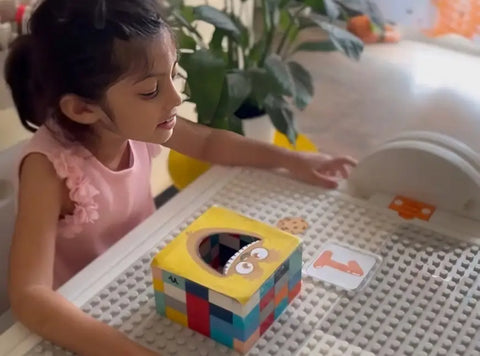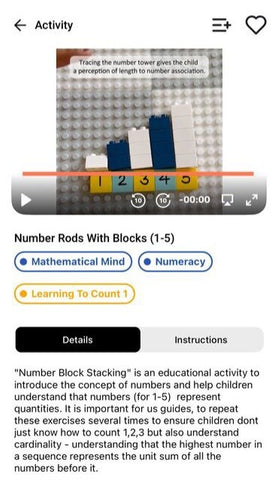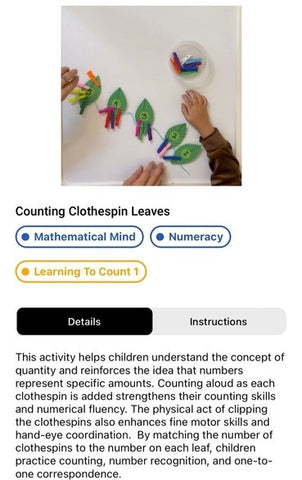

How to Introduce Numbers to Toddlers?
How to Introduce Numbers to Toddlers?
- By Sanaa Syed

Introducing numbers to toddlers is about immersing them in a world where numerals, shapes, and patterns are part of everyday fun. Young children are like little sponges, ready to absorb the world around them. By embedding numeracy into daily moments, we make learning intuitive, natural, and, most importantly, enjoyable.
Ages 2–3: Recognizing and Counting in Real Life
For toddlers around two, it's important for them to understand that numbers are actual quantities. One of the methods that is widely used is teaching quantities through number rods. Number rods are rods of varying sizes divided into equal sections to represent each numeral. Toddlers can play with these rods, seeing and touching each number’s unique form, making the concept of "one," "two," or "three" come alive through hands-on exploration. Each rod helps them connect numbers to their respective quantities, making counting feel playful and intuitive. Miniture also gives parents ideas to replicate this concept of number rods using blocks at home on their Miniverse App. This app is designed and curated by experts to bring learning at home to life. Check out the Activities below!

Ages 3–4: Exploring and Expanding Counting Skills
By age three, children are ready to link numbers with quantities, a key area of focus in the Montessori method. Activities like the “Tower Counting Challenge” expand on the principles introduced by the number rods, giving them a concrete way to practice counting and understand quantities.

The “Caterpillar Counting Game” can also help at this stage, where children place objects on a caterpillar to match each segment's number. Together, these activities allow children to count not only by reciting numbers but by truly understanding what each number represents in size and quantity.

Ages 4–5: Building on Numbers with Basic Math Concepts
Encouraging Everyday Exploration

These hands-on, playful experiences are essential for early development. According to Piaget’s Theory of Cognitive Development, toddlers are in the “preoperational” stage, where they learn best through concrete play and sensory engagement.







